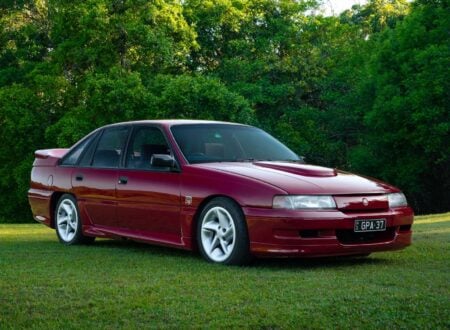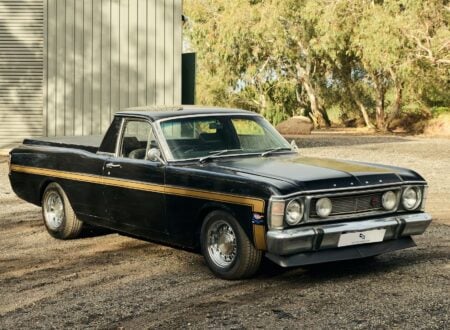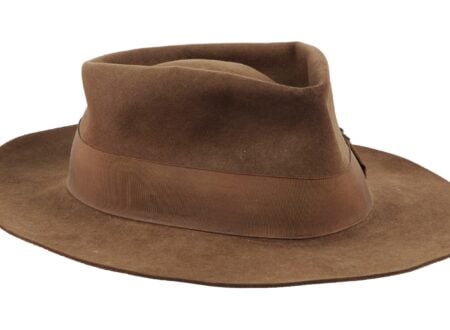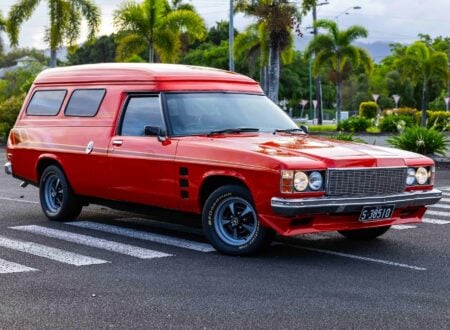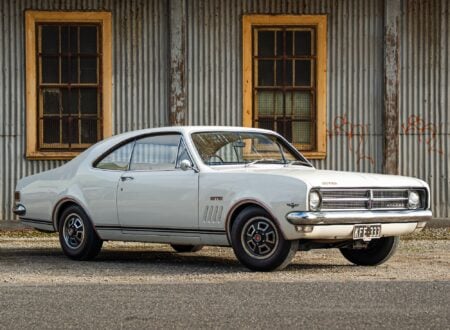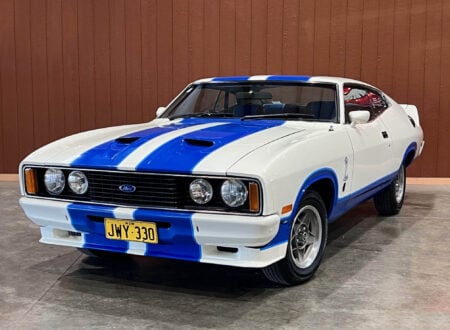The 1965 Armstrong 500 was the sixth running of the event, an early precursor to the modern day Bathurst 1000. 1965 was the first year that non-Australian assembled cars were permitted to enter (so long as at least 250 of them had been road registered in the country), the race was separated into classes A, B, C and D.
- The A Class contained cars that cost under £920 Australian Pounds.
- The B Class contained cars that cost between £921 to £1,020 Australian Pounds.
- The C Class contained cars that cost between £1,021 to £1,300 Australian Pounds.
- The D Class contained cars that cost between £1,301 to £2,000 Australian Pounds.
As you’ve probably surmised, the D Class was by far the quickest. That said, there was hard racing right up and down the field – all done with no roll cages or the slightest whiff of nomex.
I can’t help but think that it’d be great if there was still a racing series where cars are taken off the showroom floor and raced in stock condition, obviously you’d have to put a roll cage, fire extinguisher and proper seat into the vehicle but keeping it in otherwise factory-spec shape would provide an excellent racing series that highlights the performance capabilities of real, road-legal production cars.


